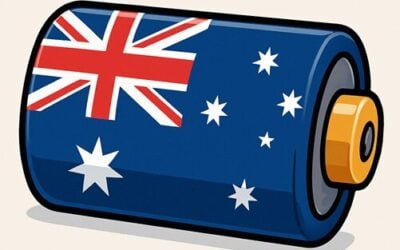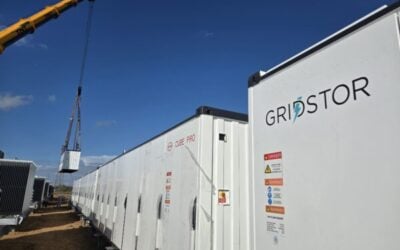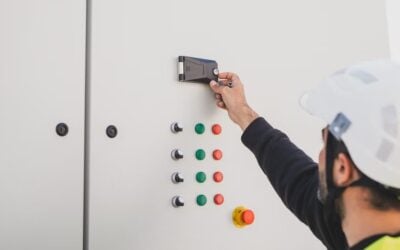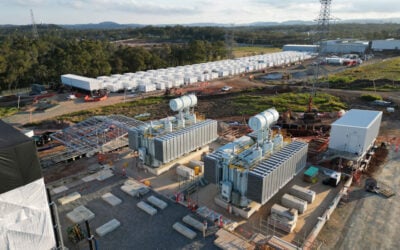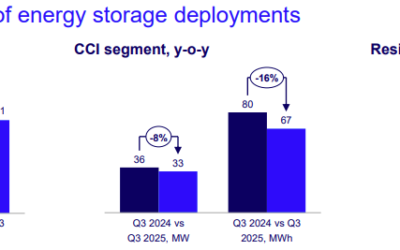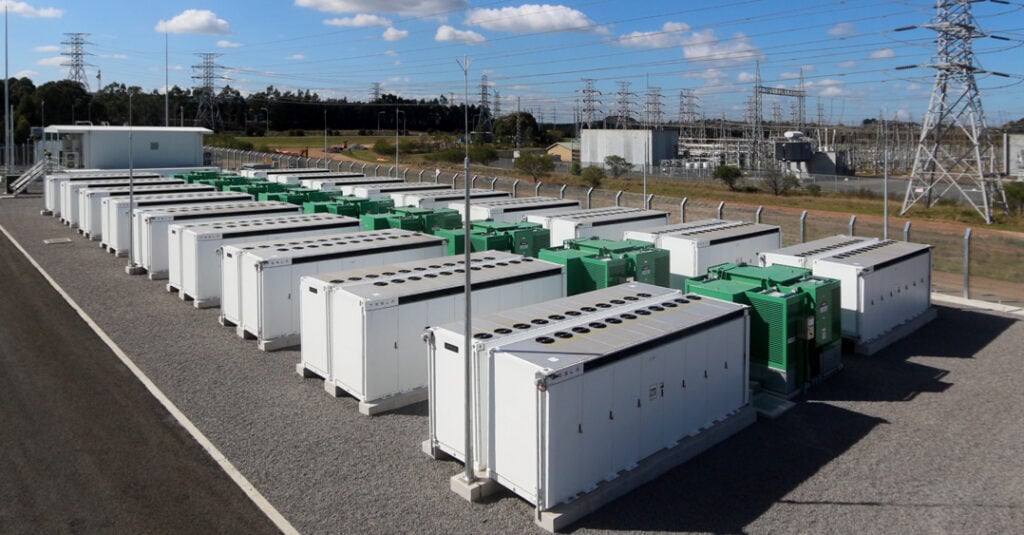
New South Wales (NSW) is set to open its seventh firming infrastructure tender, seeking approximately 500MW of additional energy storage to support grid reliability in the Sydney-Newcastle-Wollongong sub-region during periods of peak demand.
The tender, which opens on 2 October, invites energy storage and demand response projects to help secure the reliability and resilience of NSW’s electricity system.
Projects must achieve commercial operations before November 2027, and battery energy storage systems (BESS), gas generation, demand response, and aggregated portfolios of smaller battery storage systems are eligible to participate.
ASL, formerly AEMO Services, is conducting the tender in its capacity as the NSW Consumer Trustee. It is following the direction from state energy minister Penny Sharpe to target 500MW of firming capacity operational by November 2027.
Try Premium for just $1
- Full premium access for the first month at only $1
- Converts to an annual rate after 30 days unless cancelled
- Cancel anytime during the trial period
Premium Benefits
- Expert industry analysis and interviews
- Digital access to PV Tech Power journal
- Exclusive event discounts
Or get the full Premium subscription right away
Or continue reading this article for free
ASL CEO Nevenka Codevelle emphasised that the tender opening represents an opportunity for eligible projects to secure long-term revenue contracts that will help accelerate project development and provide operational income certainty.
“The firming tender opens on 2 October, and ASL wants to see every project that can meet the tender requirements participate. This is a standalone opportunity for project proponents to secure a firming or demand response Long-Term Energy Service Agreement (LTESA) that can be used to accelerate delivery and support revenues when in operation,” Codevelle said.
Plans to launch the 500MW firming tender were announced in late July 2025 at the Clean Energy Council’s Australian Clean Energy Summit 2025 in Sydney.
Successful projects will join those supported in the state’s first firming tender in 2023, which included AGL’s 500MW/1,000MWh Liddell battery, Akaysha Energy’s 415MW/1,660MWh Orana battery, Iberdrola’s 65MW/130MWh Smithfield BESS, and New South Wales’ first large-scale VPP under the NSW Roadmap.
Technical requirements and eligibility
Projects must demonstrate the ability to dispatch continuously at their maximum capacity for around two hours or longer. The tender is open to projects across NSW, prioritising those within the Sydney-Newcastle-Wollongong sub-region.
The target tender size of 500MW is indicative, with ASL retaining discretion to support greater or lesser volumes based on bid merit.
Projects must be able to supply additional capacity or reduce load at short notice for the Sydney-Newcastle-Wollongong grid, addressing the specific reliability challenges faced by these major population and industrial centres. The sub-region encompasses NSW’s largest electricity demand centres and critical transmission infrastructure.
ASL confirmed that the tender will utilise a single-stage process to accelerate project delivery, with contract terms available for up to 15 years. This is similar to the Capacity Investment Scheme (CIS), which was recently upscaled to 40GW and implemented a single-stage process.
The single-stage tender process aims to streamline project selection and accelerate deployment compared to multi-stage procurement approaches. This simplified process reduces administrative burden for bidders and the procurement authority while maintaining competitive tension to achieve consumer value.
The 2-hour minimum dispatch requirement aligns with typical evening peak demand periods when solar generation declines and grid stress increases.
This duration requirement ensures selected projects can provide meaningful support during critical system conditions, particularly as NSW prepares to close the 2.8GW Eraring coal-fired power station in August 2027.
The tender represents the seventh round under the NSW Electricity Infrastructure Roadmap, which has secured significant investment in new generation and storage infrastructure across the state.
“The NSW Roadmap is well and truly in the delivery phase, with construction underway in the Central-West Orana Renewable Energy Zone (REZ) and NSW having locked in more than two thirds of our 2030 electricity generation target,” Sharpe stated.
Transgrid to launch grid-forming BESS tender for NSW
Meanwhile, Transgrid has announced plans to contract more than 1GW of grid-forming battery capacity in 2026, marking the first stage of a programme to deploy 5GW of BESS across NSW.
The transmission network operator revealed that the tender process will seek proposals from battery storage projects that provide approximately 1GW of stabilising services, representing what it claims will be Australia’s largest procurement of grid-forming battery technology to date.
Battery procurement forms a central component of Transgrid’s AU$8.8 billion (US$5.82 billion) system strength blueprint for the state. Grid-forming BESS are expected to deliver approximately half of the state’s system strength requirements.
According to Transgrid’s analysis, the decision to prioritise grid-forming batteries represents a strategic shift that could eliminate the need for around 17 synchronous condensers.
Transgrid had previously identified that grid-forming BESS, alongside synchronous condensers, would form the ‘heartbeat’ of the New South Wales power system, with a view to delivering 5GW by 2032/33.
Our publisher, Solar Media, will host the Energy Storage Summit Asia 2025 on 7-8 October 2025 in Manila, the Philippines. You can receive 20% off your ticket using the code ESN20 at checkout.

